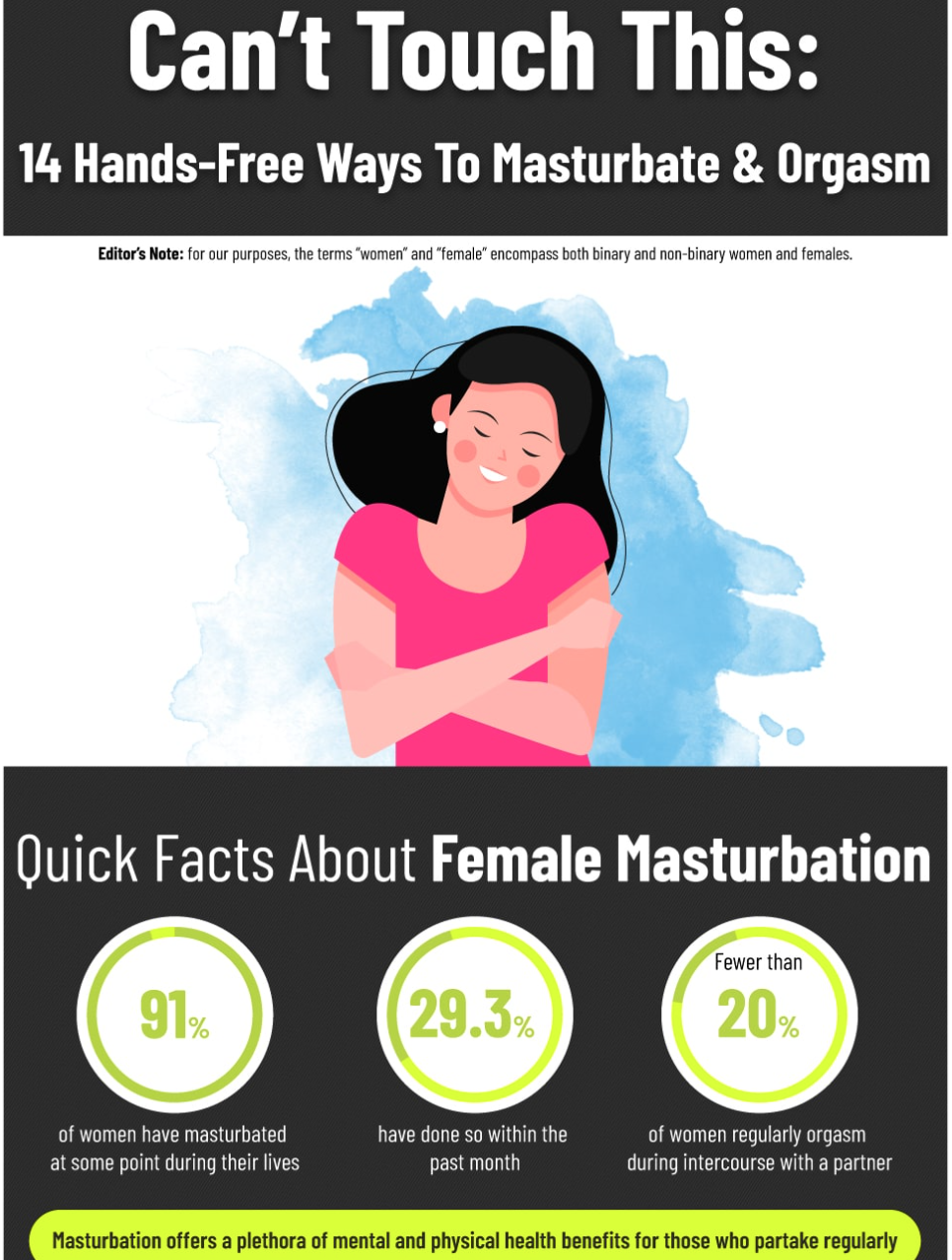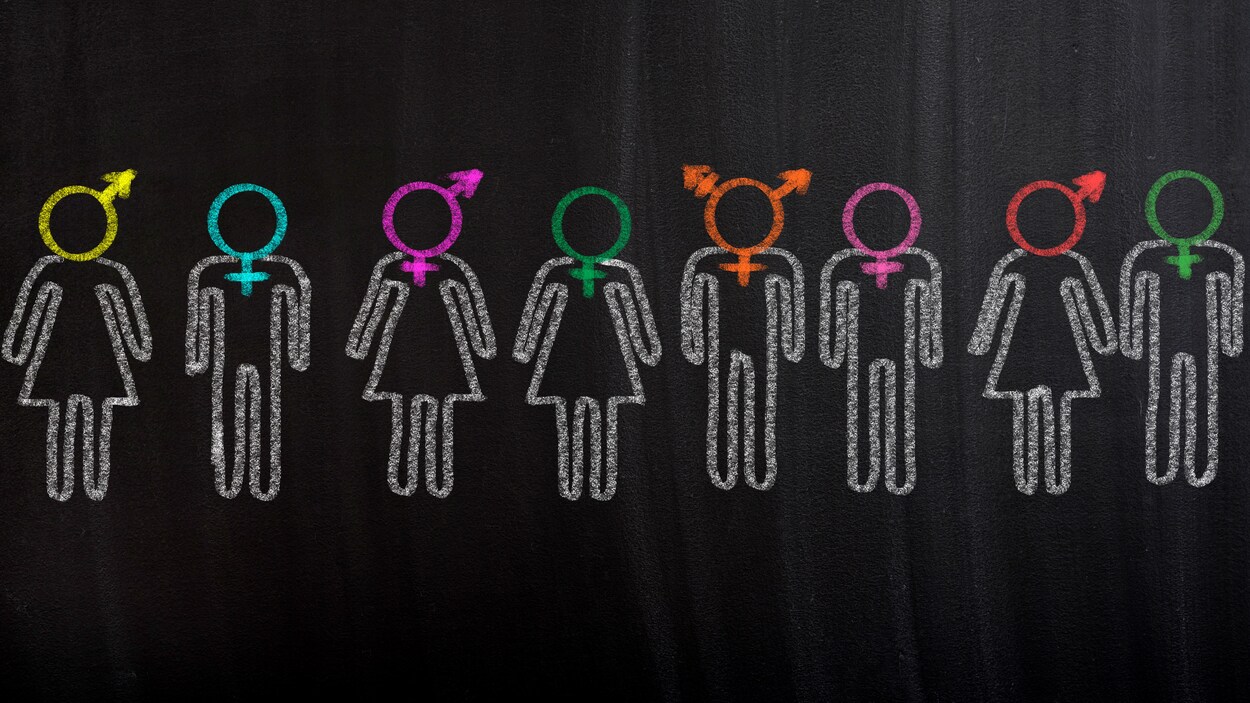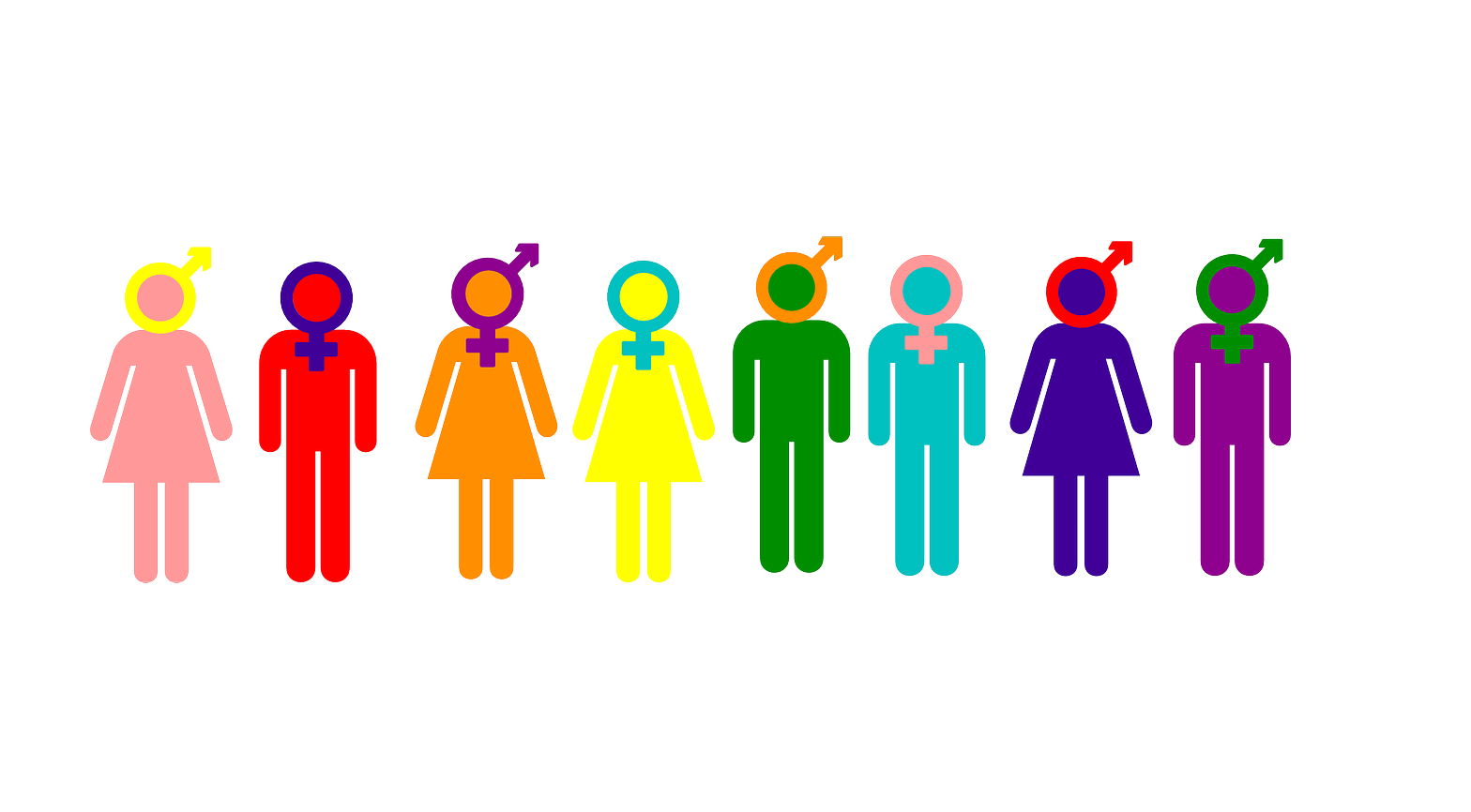LGBTQ+ Sex Education: Equal and Inclusive Sex Education for All
LGBTQ+ Sex Education:
Equal and Inclusive Sex Education for all
All youth deserve a comprehensive sex education, including LGBTQ+ youth. Yet many sex education classes do not include the LGBTQ+ community at all. This keeps LGBTQ+ students from learning about safe sex and health interactions and creates a school environment where they are mistreated.
There is tons of evidence that comprehensive sex education reduces high-risk sexual behaviors, promotes safer sex practices and prevents pregnancy and STIs among youth. Furthermore, LGBTQ youth are more often affected by negative sexual health outcomes. Unfortunately, this is a population that is removed from the conversation during sex education classes.
Current Sex Education promotes prejudice or ignores LGBTQ+ youth
Most US states do not require sex education programs to include sexual orientation, and many teach that same-sex is “bad” and “undesirable.”
This provides LGBTQ+ youth with an environment that will promote discrimination, bullying, and hate. This stigma and discrimination against LGBTQ+ youth can cause mental-health issues and substance use abuse among LGBTQ+ youth. Promoting a safe and inclusive environment for those students can reduce suffering and improve mental health and school performance.
Including LGBTQ+ youth in sex education classes benefits all students
Sex education that includes everyone affirms LGBTQ+ youth, normalizes different identities. And teaches cis and straight students to interact respectfully with queer people. Inclusive sex education and honest conversations about sex and gender can help people come to terms with their own identities and decrease harmful stereotypes.
Incorporating a comprehensive sex education teaches all students about consent and how to navigate difficult and awkward conversations regarding sex. Learning about consent, boundaries, and safe sex is essential for all students, regardless of their sexuality or gender.
Additionally, learning about sexuality and gender in sex education classes promotes positive outcomes for LGBTQ+ youth and helps to normalize and affirm their identities. This will reduce bullying and stigma and teach cis and straight students proper terminology and ways to respectfully speak to their peers.
Sex Education should not be a “one-size-fits-all” approach
Sex education should value all identities and incorporate LGBTQ+-specific content. This should include specific struggles that members of the LGBTQ+ community face, such as coming out, STI protection, and gender identity formation.
All young people should learn about healthy sex and relationships.
Ignoring many students due to outdated views on heterosexuality is unacceptable and unsafe.
What would LGBTQ+ inclusive sex education look like in practice?
LGBTQ+ inclusive sex education would address sexual health information for people of all identities. It would educate students on safe sexual practices and give them tools to navigate boundaries and consent. Also, it aims to tackle LGBTQ+ disparities and challenges, allowing students to discuss sex and gender.
It would also educate students on pronouns and the difference between sexuality and gender identity. It would not only focus on heterosexual relationships or stigmatize queer relationships. Further legislation should be passed in order to mandate that schools be inclusive of all students in order to foster positive relationships and identities.
About Life Coaching and Therapy

Life Coaching and Therapy (LCAT) is a therapy and coaching practice that transforms our clients lives through our flexibility. Multi-technique approach and pleasure-skills training provided by systematically-trained and licensed therapists!
Get to know Melody Atkinson, LMFT-A by making an appointment. Her specialization is trauma-informed practices, alternative methods to explore ADHD, LGBTQIA+ relationships, and identity.
Start your journey here with Melody.
Our team of compassionate, licensed therapists and certified sex therapists helps all clients who visit us with a variety of personal, relationship, intimacy and sex problems.
Learn more about how LCAT can help improve your life at What We Do.




 Get to know our founder and owner, Amanda Pasciucco, (a.k.a. The Sex Healer) PhD, Licensed Marriage and Family Therapist (LMFT), and an AASECT Certified Sex Therapist (CST) that has developed innovative therapy programs and therapy videos that get results.
Get to know our founder and owner, Amanda Pasciucco, (a.k.a. The Sex Healer) PhD, Licensed Marriage and Family Therapist (LMFT), and an AASECT Certified Sex Therapist (CST) that has developed innovative therapy programs and therapy videos that get results.

























